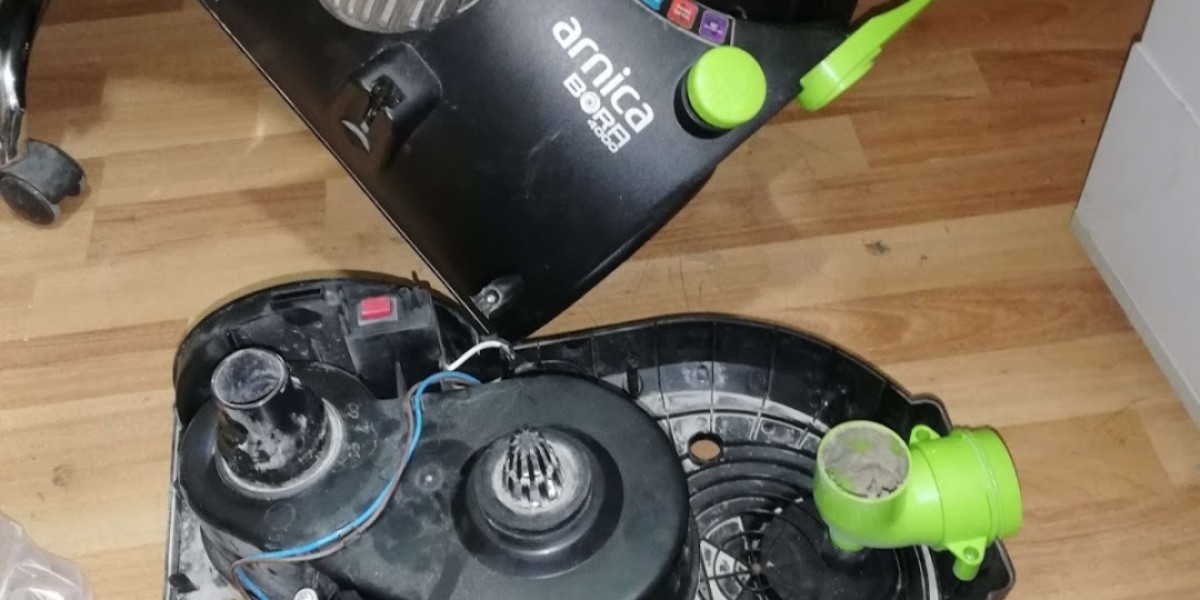When you think of military operations, high-tech weapons, armored vehicles, and tactical gear often come to mind — but one unsung hero plays a vital role behind the scenes: the military air conditioner. Designed for the harshest climates, these rugged cooling units are engineered to maintain stable temperatures in tents, command centers, mobile hospitals, and armored vehicles. Let’s break down what makes military-grade air conditioning different, why it matters for operational success, and what the industry looks like today.
? What Is a Military Air Conditioner?
A military air conditioner is a highly durable, portable, and mission-critical HVAC unit built specifically for defense applications. Unlike typical commercial ACs, these units must:
✅ Operate in extreme temperatures (from -40°C to +55°C)
✅ Withstand sandstorms, humidity, rain, or snow
✅ Be easily transportable and quick to deploy
✅ Run reliably on variable power sources (generators, vehicles, etc.)
?️ Why Are Military Air Conditioners So Important?
Maintaining the right environment is more than a comfort issue — it’s a matter of health, safety, and operational effectiveness.
Here’s why military cooling systems matter:
Protect Equipment: Sensitive electronics and communication systems can overheat, leading to mission failure.
Ensure Troop Welfare: Soldiers need to stay hydrated and maintain body temperature to avoid heatstroke.
Support Medical Facilities: Field hospitals must maintain sterile, temperature-controlled environments for surgeries and medicine storage.
Improve Morale & Endurance: Rest in climate-controlled barracks boosts recovery and mental readiness.
? Key Features of Military Air Conditioners
| Feature | Description |
|---|---|
| Rugged Construction | Heavy-duty casing to resist shocks, vibrations, and impacts |
| Extreme Temp Range | Operating range from freezing to scorching environments |
| Portability | Compact, stackable, forklift pockets, and quick-connect ducts |
| Energy Efficiency | Designed to minimize fuel consumption |
| Low Maintenance | Simple access panels, filters, and corrosion-resistant parts |
| Silent Operation | Quieter units for stealth operations when needed |
? Where Are Military AC Units Used?
Military air conditioners are used worldwide in various scenarios:
Forward Operating Bases (FOBs): Tents and shelters in remote locations
Command Centers: Mobile or semi-permanent HQs where electronic equipment must stay cool
Armored Vehicles: Tanks and APCs that need cabin cooling for crew comfort
Field Hospitals: Climate-controlled medical tents and containers
Aircraft Hangars: Maintain optimal conditions for sensitive aviation equipment
⚙️ How Do They Differ from Civilian Units?
Let’s compare military vs. commercial air conditioners:
| Factor | Military AC | Commercial AC |
|---|---|---|
| Durability | Impact, dust, and weather-resistant | Indoor installation, less rugged |
| Mobility | Portable, forklift-ready, modular | Fixed installations |
| Power Source | Multi-fuel generators, DC/AC power | Standard grid power |
| Maintenance | Easy field servicing with minimal tools | Requires HVAC technicians |
| Custom Engineering | Built for integration with shelters, vehicles | Standardized for home or office use |
?️ Common Types of Military AC Units
Tent Air Conditioners: Compact, trailer-mounted units with ducting systems
Containerized AC Units: Pre-installed in modular shelters
Vehicle AC Systems: Integrated into armored cabins
Portable Spot Coolers: Small, self-contained units for quick deployment
? Trends in Military Cooling Technology
With evolving missions and climates, the military HVAC market is innovating fast.
Emerging trends include:
Smart Climate Control: Remote monitoring and automated temperature adjustment
Energy Recovery Systems: Using waste heat for other operational needs
Eco-Friendly Refrigerants: Switching to lower-GWP refrigerants to meet new environmental standards
Lightweight Materials: Reducing weight to save on fuel and shipping costs
? Key Factors to Consider When Choosing a Military AC
If you’re sourcing or designing a system, ask:
What ambient temperatures will it face?
How mobile does it need to be?
Is power supply stable or generator-based?
What’s the cooling capacity needed (BTUs)?
Are there special noise restrictions?
How quickly must it be deployed and packed up?
Are spare parts easy to get in the field?
✅ Benefits at a Glance
Military air conditioners deliver:
Mission readiness in any climate
Safe storage for sensitive equipment
Health protection for personnel
Versatile deployment options
Proven durability and reliability under stress
? Who Makes Military Air Conditioners?
These units are typically made by specialized manufacturers who hold defense certifications and meet strict military standards such as MIL-STD-810 (environmental conditions) and ISO quality benchmarks. They often work closely with governments, contractors, and logistics providers to ensure units meet evolving tactical requirements.
? FAQs About Military Air Conditioners
Q1: How long do military air conditioners last?
Many are designed for 10-15 years of rugged use with proper maintenance. Field-serviceable parts and modular designs help extend lifespan even in remote conditions.
Q2: Are they compatible with standard shelters?
Most units are designed for easy integration with modular shelters, tents, or ISO containers using quick-connect ducting systems.
Q3: How energy efficient are they?
Modern units use advanced compressors, variable fan speeds, and optimized refrigerants to reduce fuel or generator consumption.
Q4: Can these units be adapted for disaster relief?
Absolutely. Many military cooling systems are deployed for humanitarian missions, refugee camps, and disaster zones where durability and mobility are critical.
⚡ Best Practices for Maintaining Military AC Units
Regular Inspections: Check filters, ducts, and seals for dust or damage
Test Runs: Operate units periodically, even in storage
Keep Spares Handy: Stock extra filters, refrigerants, and spare parts
Train Field Personnel: Ensure staff know basic troubleshooting and repairs






